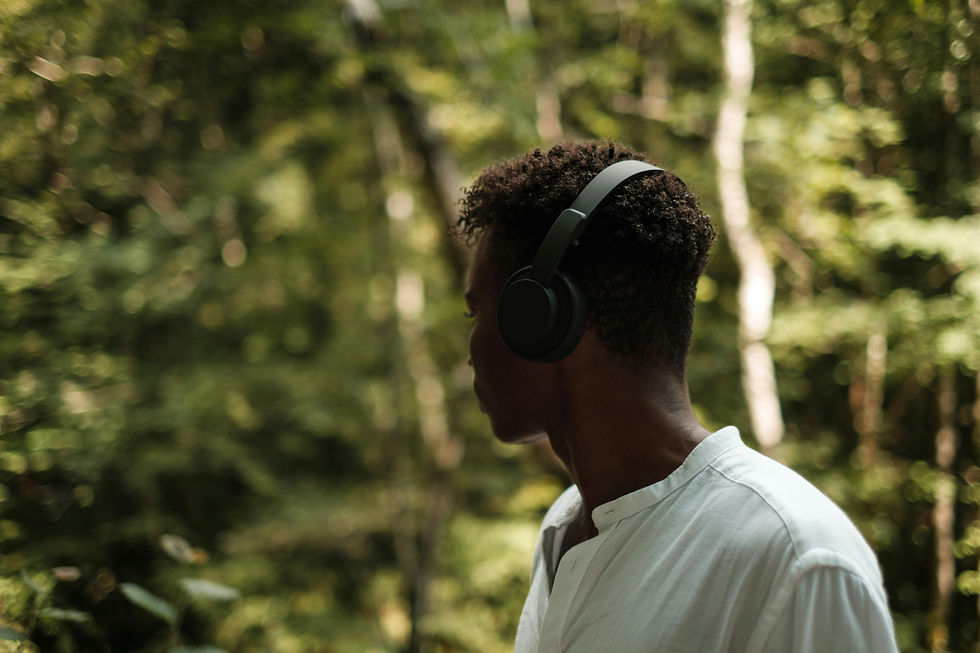Sound + Psychedelics
- Tyler Scott
- Dec 2, 2021
- 2 min read
Updated: Jan 4, 2022

Photo by Christopher Ott on Unsplash
Psychedelic-assisted therapy is on the rise and changing the way we approach mental health. Indigenous cultures have long practiced the use of psychedelics for healing, but the power of these magical substances is relatively new to the western world. This form of therapy utilizes psychedelic compounds to trigger mind-altering experiences that ultimately facilitate healing. Psychedelic compounds used in this type of therapy include psilocybin (“magic mushrooms"), MDMA, LSD, DMT, and ketamine. The use of these compounds in a therapeutic setting has demonstrated powerful potentials for healing a number of conditions including PTSD, anxiety, depression, resolving trauma, and more. Traditional medications for various mental health conditions can take several weeks to work, while research in psychedelic therapy has found immediate improvement, often with a single dose.
Psychedelic therapy has proven to be effective on its own, but it is often combined with other practices such as talk therapy to help patients integrate their experience, as well as music to enhance the healing qualities of the experience. Research continues to become available on the power of combining music and sound with psychedelic-assisted therapy.
From the beginning of therapeutic research with psychedelics, music listening has been consistently used as a method to guide or support therapeutic experiences during the acute effects of psychedelic drugs. Recent findings point to the potential of music to support meaning-making, emotionality, and mental imagery after the administration of psychedelics, and suggest that music plays an important role in facilitating positive clinical outcomes of psychedelic therapy. (Frederick S. Barrett, Katrin H. Preller, Mendel Kaelen; Psychedelics and music: neuroscience and therapeutic implications)
Current research identifies music as a powerful tool in the psychedelic healing experience. Music choice can significantly add to the positive experience and can even serve as a guide for the patient while in altered states. The overall setting of a psychedelic healing experience is key, and this includes the music. It is vital that patients feel comfortable, safe, and supported during these experiences to ensure the best results.
Music provides direction to the psychedelic journeyer, and when properly employed, it can offer a sense of structure to the patient’s experience. Patients in clinical trials often talk about a feeling of being carried on a journey in which the music is experienced as the vehicle that carries the listener across different mental spaces. Music also enhances the intensity of emotions and helps patients surrender to the experience. (Alberto Cantizani López; Music in Psychedelic Psychotherapy)
Psychedelic assisted therapy continues to be explored as an alternative healing modality. Researchers continue to unveil new healing implications as more research becomes available.
To learn more about the healing potentials of psychedelic therapy, join Project Immersed for a livestream panel discussion on Sound + Psychedelics airing Thursday, December 9th at 12 PST | 15 EST | 20 GMT +1
Immersed is a global series around music, health and technology. Each episode we bring together a mix of artists, scientists, practitioners and technologists to explore how deep immersive music and sound can optimally impact us, individually and collectively.
Learn more: www.immersed.info

Have you experienced the power of psychedelic-assisted therapy? Let us know @healthandbass :)
.png)




Comments